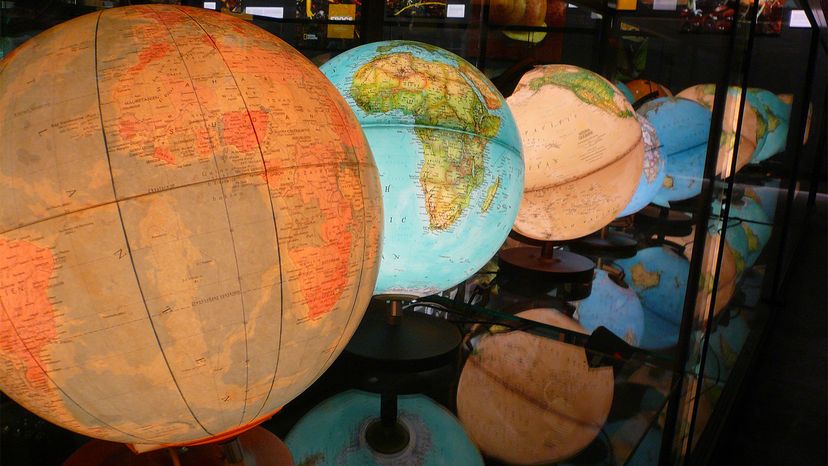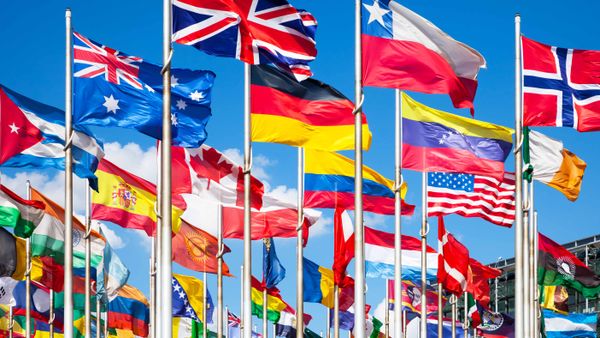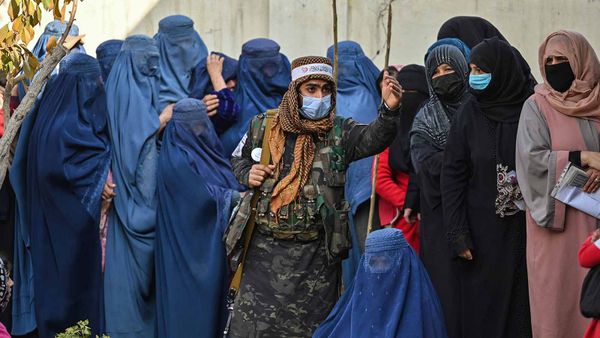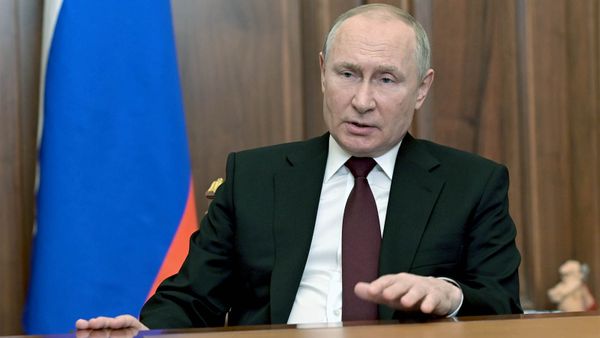
What is a country and how many independent countries are there in the world? Easy questions, right? The answers might surprise you and they might depend on who you choose to take as an authority on exactly how many countries, regardless of world population, there are in the world.
According to the United Nations (U.N.), the generally recognized body which determines nationhood, there are 193 countries in the list of countries on planet Earth right now.
Advertisement
This number includes 193 countries that are member states of the United Nations and two countries that are non-member observer states: the Holy See and the State of Palestine in the Middle East. The United Nations calls these 193 countries "member states" because they have been admitted to the United Nations through a series of steps beginning with each nation's philosophical direction as an independent country.
To be a member state, a country must be a "peace loving" state and one that "accepts the obligations contained in the United Nations Charter and, in the judgment of the organization, are able to carry out these obligations." (Kind of makes you wonder about some of the countries in the world, but we won't name names.) At any rate, becoming a member or receiving recognition as a state is not a slam dunk.
Because the U.N. is not a state and does not have its own government, it cannot grant authority to recognize a state or government — its members, the organization of independent states, do that.
The new state submits an application and letter to the Secretary-General stating that it accepts the requirements of the Charter. The application is referred to the 15-member Security Council for consideration where countries recognized must receive nine of 15 votes and cannot be voted down by any of the five permanent members of the Council (China, France, the Russian Federation, the United Kingdom of Great Britain and Northern Ireland, or the United States).
Once the application passes through the Security Council it goes before the General Assembly where it must receive a two-thirds majority vote for admission. It's as simple as that.
Advertisement


